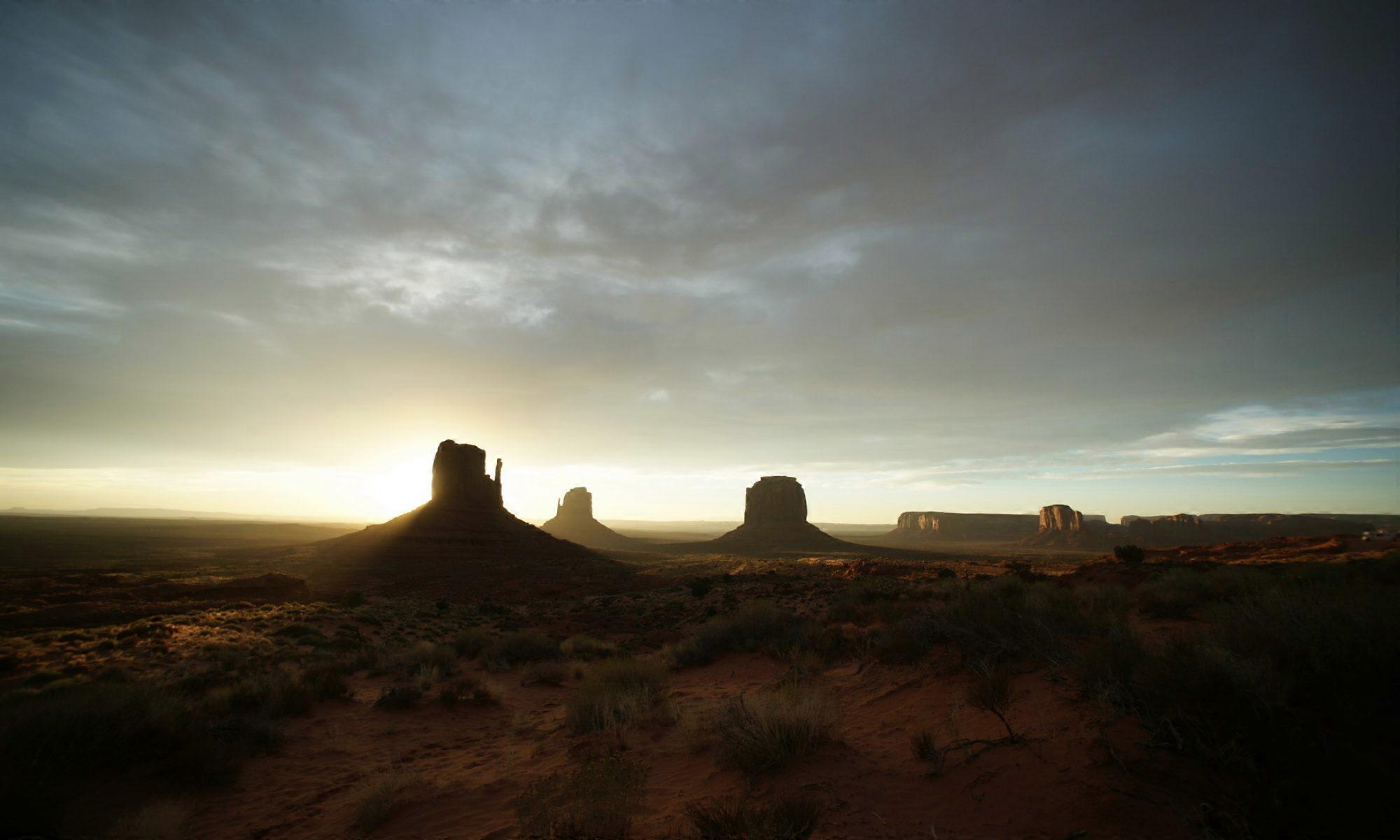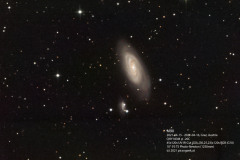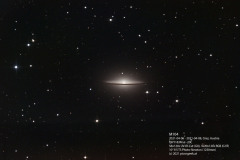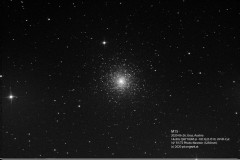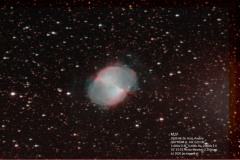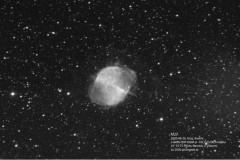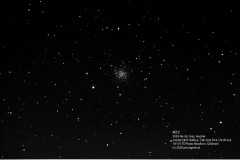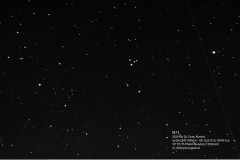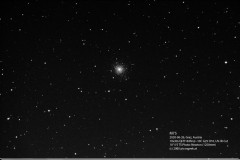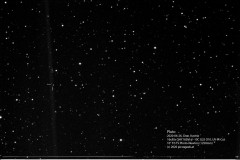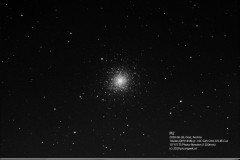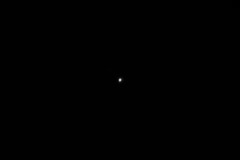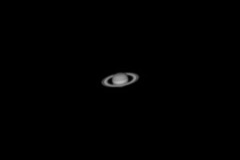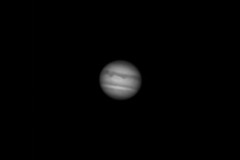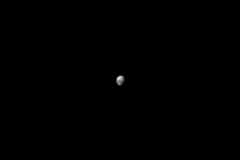After several months struggle with my 10 inch Newtonian telescope, I got all configured properly. Camera, Auto-Guider, APT, etc. are well tuned to produce nice and round stars, even in several minutes long exposures.
I am unable to view or image the whole sky from my balcony setup. I may only point to an area within 80 to 220 degrees azimuth (south-east to west-south-west) and an altitude from 12 degrees to at most 70 degrees. In several occasions, this is truly a very limited view, when objects are only visible for short periods. But still, my view is facing south. So over the course of one year, the majority of the well known deep sky objects are passing by. And for the rest of the sky, I will find opportunities to drive an hour to one of my mountain observing spots with Bortle 3-4 skies 🙂
Living on the northern edge of a city with a south-facing view is by far not a good combination for astronomy or astro-photography. Fortunately, the city I live in, is not too large. Therefore, my average night (if the sky is free from clouds), provides a Bortle 5-6 sky (most of the time 19.3 to 19.5 magnitues per square arc second). Visually, I have a hard time enjoying anything apart from the brightest objects. But imaging delivers really pleasing results.
During the last weeks of testing and imaging, I grew the idea to create my own Messier Object images catalog, where almost all images are recorded from this one location, with all its drawbacks. By pursuing this project, I want to show, that astronomy as well as astro-photography are still possible, even though light pollution gives us a hard time…
See the results, as I progress here: My Messier catalog from Bortle 6 suburban home
